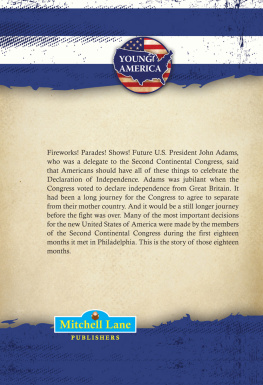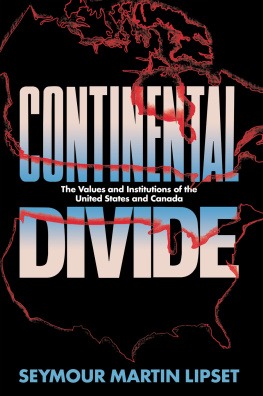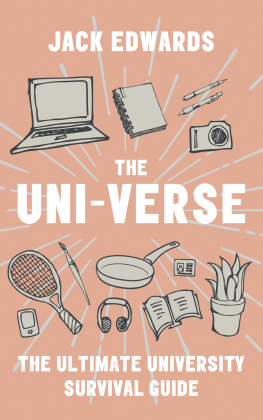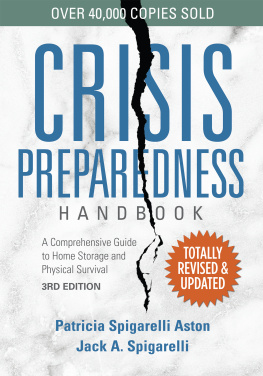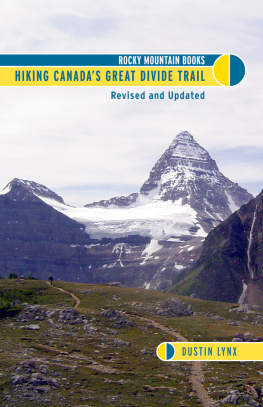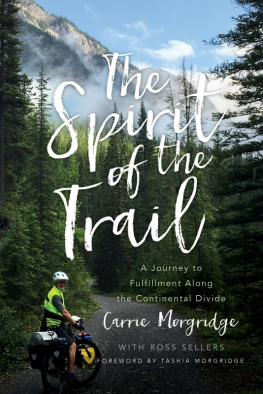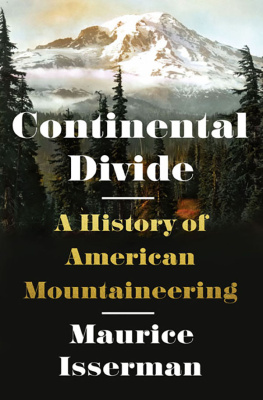ISBN for this digital edition: 978-0-8263-4441-0
2008 by Jack Loeffler
All rights reserved. Published 2008
Printed in the United States of America
131211100908123456
The Library of Congress has cataloged the printed edition as follows:
Loeffler, Jack, 1936
Survival along the Continental Divide : an anthology of interviews / Jack Loeffler.
p. cm.
ISBN 978-0-8263-4439-7 (cloth : alk. paper)
1. New MexicoCivilization.
2. Southwest, NewCivilization.
3. Pluralism (Social sciences)New Mexico.
4. Pluralism (Social sciences)Southwest, New.
5. New Deal, 19331939New Mexico.
6. New MexicoEconomic conditions20th century.
7. Social problemsSouthwest, New.
8. Southwest, NewSocial conditions.
9. Southwest, NewEconomic conditions.
10. InterviewsNew Mexico. I. Title.
F796.5.L64 2008
978.9004dc22
2008001842
Foreword
Craig L. Newbill
Between Fences was originally a project conceived by the Smithsonian Institutions Museum on Main Street (MoMS) program as a traveling exhibition for smaller communities. The New Mexico Humanities Council (NMHC) sponsored Between Fences in seven communities across the state: Belen, Espaola, Ruidoso, Hobbs, Raton, Las Vegas, and Columbus. The NMHC supported the endeavor for communities to discuss historic events that draw the states diverse communities of humans together and divide them from one another. The project traveled the state from July 2005 to August 2006 with funding support from the National Endowment for the Humanities We the People initiative.
When the NMHC met at its summer board meeting in July 2005 in Ruidoso, no one participating in the planning session would have predicted that one of the final outcomes for Between Fences would be the publication of Survival Along the Continental Divide: An Anthology of Interviews. All of the participants at the board meeting recognized the public-humanities potential of projects related to fences. Such fences included the obvious physical forms of fencing Americans had used for more than two hundred years, but also some not so visible barriers and the effects that both have on human interactions. Yet the NMHC board was also committed to public programs, which centered on discussions about what unites people in New Mexicowhat is our shared legacy, or, as one member suggested, We all know too well what divides us from one another. Why cant we also discuss what brings us together as human beings?
During the board meeting, we outlined plans and ideas to bring many issues related to fencing to public audiences. Although we discussed and approved many formats and means of engagement, we left the meeting with the challenge of how to bring together many complicated perspectives related to fences in New Mexico. We agreed that fences and other not so obvious forms of demarcation continue to influence and determine how people define space, move across it, and relate to it (or not). At the time, the relationships and similarities among various human habitats were our primary focus. As I drove home along the Sierra Blanca mountain range and emerged in the Tularosa Basin, a Coopers Hawk began to circle in front of me. I thought of Jack Loeffler.
Jack Loeffler is a former jazz trumpet player, reforming anarchist, and former traveling companion to Ed Abbey. A self-taught aural historian (one who also records all sounds, including the biotic and the mechanical), he has become someone I simply refer to as the Studs Terkel of the Southwest. I do so because he has recorded hundreds of interviews throughout North America, but primarily in the American Southwest. He is well known both as a student and as a teacher. He has just recently donated his archival record of human interactions and recordings of the biotic community to the Museum of New Mexico. There, thousands of hours of recordings will ultimately become the core of the history museums oral histories archives.
I set out to recruit Jack to the project knowing full well that he hated fences, that earlier in life he was known for climbing them and occasionally cutting them down. But I also knew he was my first choice to conduct oral history workshops in the MoMS project because, at this point in his forty-plus years of studio and fieldwork, he seemed more on a path of mending fences among the wide range of people he has come to know in his endeavors as an historian, folklorist, and ethnomusicologist. Jack is a scholar not only for the public, but from the public. He has lived among Navajo sheepherders, camped with and run rivers with Native people, ranchers, environmentalists, writers, poets, and photographers. He has produced an impressive number of radio programs and recorded opera, chamber, jazz, and folk concerts and performances. Making him an even better choice for this place-centered project, Jack does not hold humans apart as distinct from the places they inhabit, so the future public discussions for Between Fences would naturally involve his ongoing work on species interactions.
Fortunately for the NMHC and me, Jack patiently listened to my suggestions of how we could help prepare the seven towns in the MoMS exhibition to host the project. Teaching them how to conduct oral history projects in their own communities to explore what fences mean would come first. In addition to conducting workshops and overseeing the consultation process during oral history projects, Jack would be interviewing a wide range of people on the topic of fences so that those interviewed could be recruited to address public audiences. Jack improved the idea by suggesting a radio series consisting of fifteen or sixteen interviews with people from all walks of life around the state. He could record their different perspectives on fences, fence making, and community building, and produce a radio series that addresses fences both literally and figuratively. As if these projects were not challenging enough, I asked Jack to consider including some interviews about one of the centurys greatest unifiers during a time of crisis, the New Deal. Especially crucial to New Mexicos history and cultural development during the twentieth century, the New Deal celebrates its seventy-fifth year in 2008. And so a collaborative endeavor to discuss fences and bridges was reshaped to better explore current and abiding issues facing New Mexicans in the twenty-first century. Complex issues in the anthology are discussed in accessible, informative, and delightful ways.
Another important person in this collaboration is Beth Hadas, former editor in chief for the University of New Mexico Press. When Beth heard that the radio series was being planned and saw for herself the incredible range of topics and perspectives addressed, she suggested that Jack write and edit the companion anthology you now hold.




